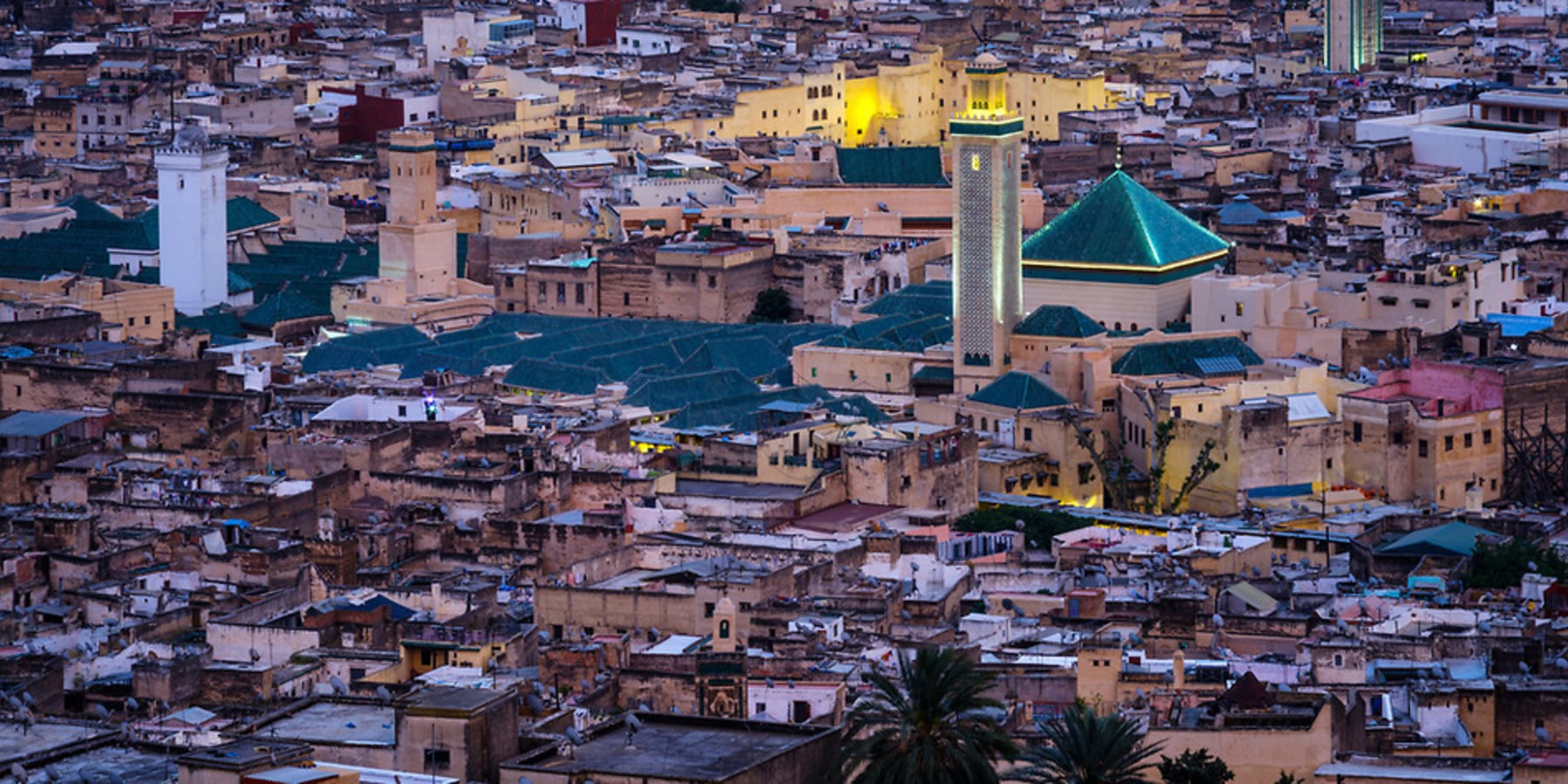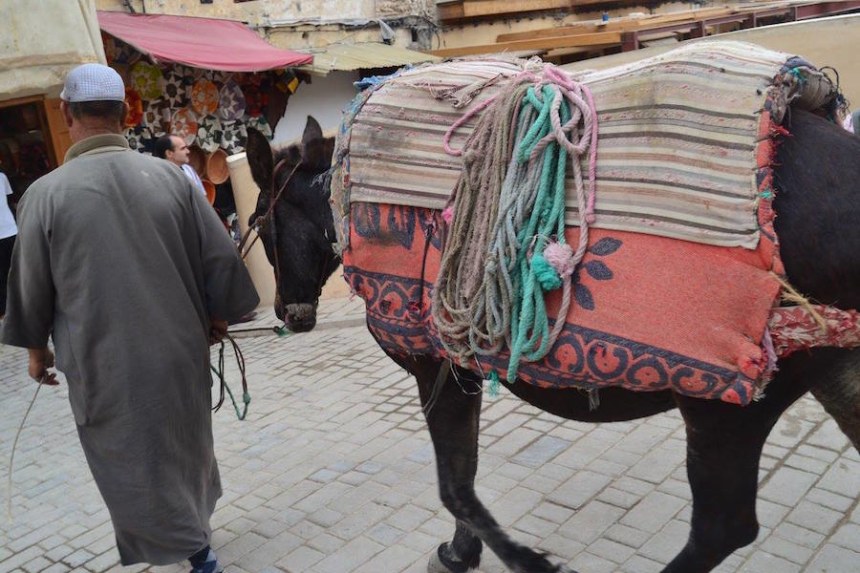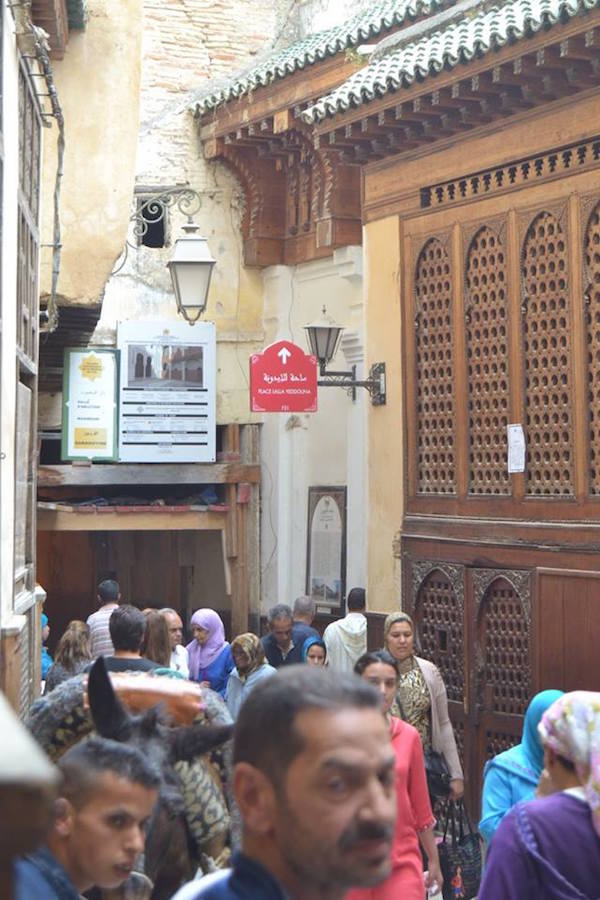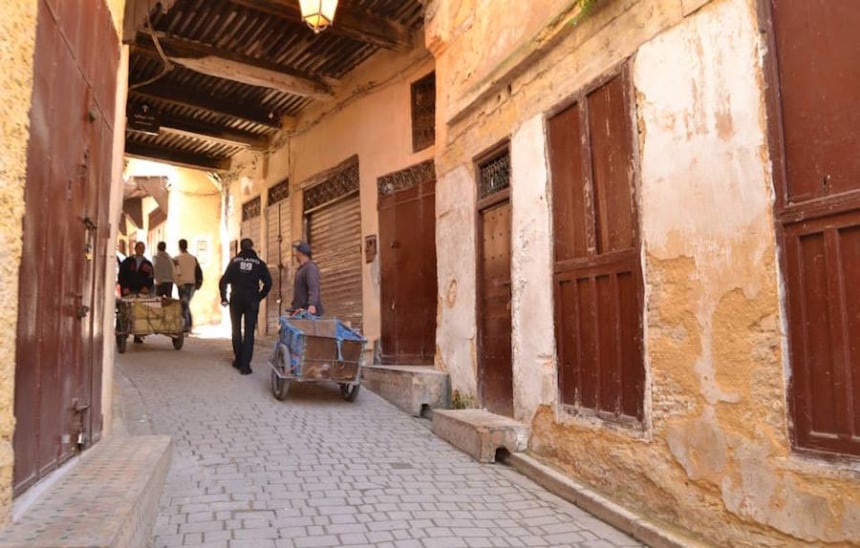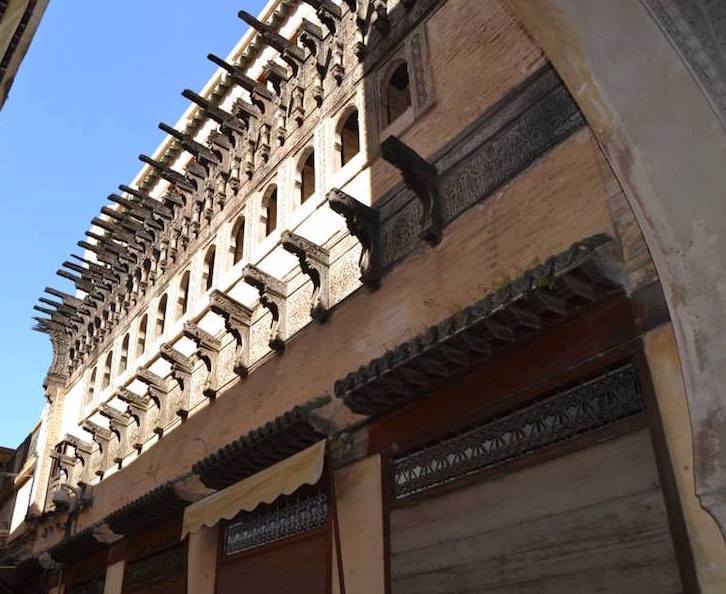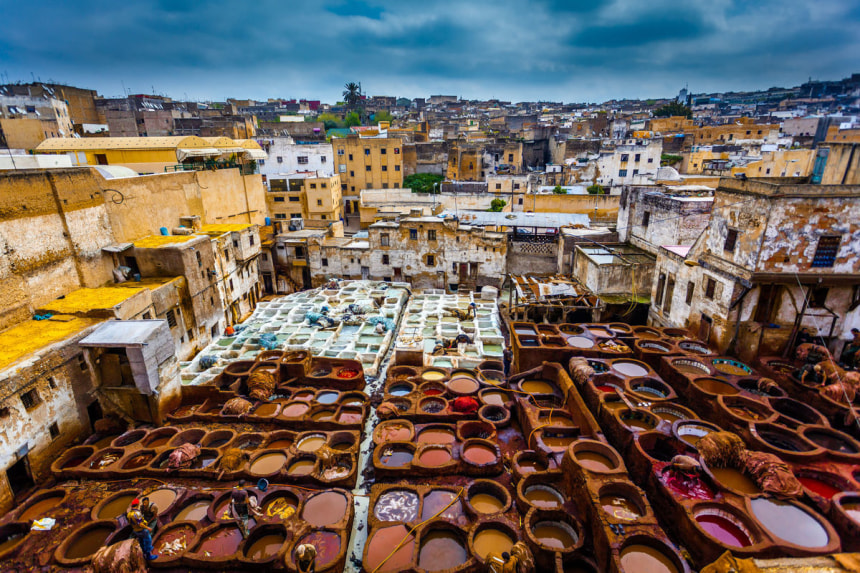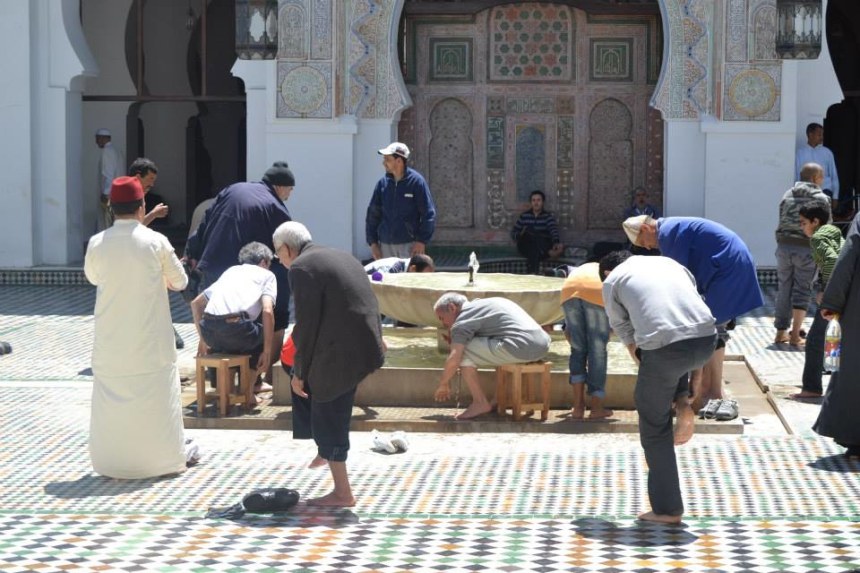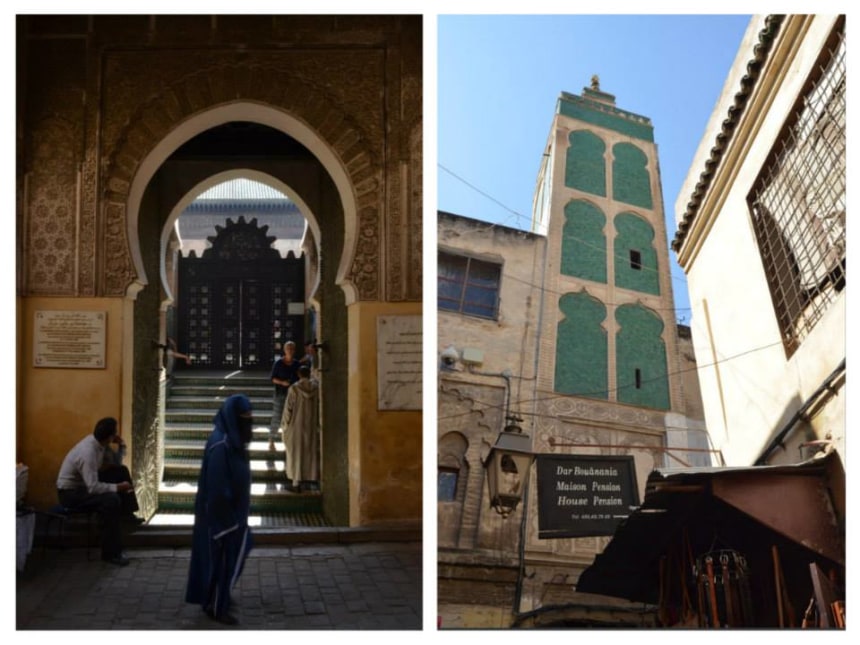
The city of Fez happens to be one of the oldest imperial cities in Morocco, and is quite famous among travelers and tourists. The medieval city is known for its picturesque narrow streets in the maze-like medina, its fabulous cuisine, and several historic monuments that stretch back hundreds of years.
Said to be founded by Idris I in 789 A.D., Fez served as the capital of Morocco until 1912, and is now a spiritual city with modern aspects. However, despite its modernity, the old medina still remains as the vibrant heart of the city and contains several attractions. It also highlights Fez’s rich history and culture that has made the city a must-see destination.
Here are some facts you probably didn’t know about Fez, Morocco.
A UNESCO World Heritage Site: Fez is among the 10 Moroccan cities recognized by UNESCO as World Heritage Sites. The city is a cultural and spiritual locus, with amazing tourist sites that are not only pleasing to the eyes, but also teach the secrets of well-preserved ancient architecture and labor skills that date back to medieval times.
Built in the 9th century, Fez medina is a labyrinth of about 10,000 alleys, with small artisanal shops selling all kinds of hand-made products: everything from clothes and jewelry to furniture and food. A completely car-free urban zone, the only means of transporting goods are through mules or small chariots. Nowadays, you may occasionally see a motorbike zooming through the crowd of people in the narrow streets.
Home to one of the oldest water clocks in the world: Water clocks are the oldest form of time keeping in the world, and Fez is home to one of these devices, currently well preserved in Dar al-Magana (clock-house). Built by Abou al-Hassan Ibn Ali Ahmed Tlemsani, a 'muwaqqit' (time keeper), the clock was finished on May 6, 1357, and kept inside the clock house built by the Marinid Sultan, Abu Inan Faris.
Chouara Tannery: Although the largest and most famous tannery is in Bab Ghissa, Chouara Tannery is said to be the oldest leather tannery in the world. The medina is home to many tanneries producing only the the best quality of leather that is more durable and less susceptible to decomposition.The complete process is done manually in small ditches by skilled workers. The finished leather product is traditionally sold in the Leather Souq, and in souks all over the kingdom.
Fez Hats: Fez is the only place where Fez hats used to be made. The red top hat that Moroccans wear, particularly in ceremonies and special events, is named after the city. Historically, fez hats were exclusively hand made by talented craftsmen, locally known as 'Trabshi'. The unique accessory has now become a symbol of the kingdom, representing its official dress. Nowadays, the hat is produced in many places, including Turkey and France, but the best ones still come from Fez.
Al Karaouin: Dating back to the 9th century, the Al Karaouin University was built by Fatima Al Fihri, a pious woman from a wealthy family who left their original city Al Kairouan (in modern-day Tunisia) and settled in Fez. The University was established in 859 A.D., and is recognized by the Guinness Book of World Records as the oldest degree-granting university in the world. Even UNESCO considers Al Karaouin to have been a university since its founding.
Fez Medina where every neighborhood has a mosque
Mosques: Like in all villages, towns, and cities in Morocco, Fez is said to have over 400 mosques, according to Abdesalam Gharmini, a regional delegate of the Ministry of Habous and Islamic Affairs, adding that more than half of these mosques exist in the Fez medina.
Almost every neighborhood in Fez has its own mosque, and can be easily viewed from the terrace of Les Merinides Hotel.
Maimonides' House: The House of Maimonides, a 12th century Jewish philosopher from Spain, is one of the most well-preserved buildings in Fez. Situated in Derb Margana, it can be seen on the right-hand side of the street as you walk off the Tala’a Kebira. Also known as Moshe ben Maimon, the philosopher and teacher taught and treated people in Fez before moving to Egypt, where he died and was buried.
These and many more attractions await to be explored by tourists like you; so go on and plan your next trip to Fez!

